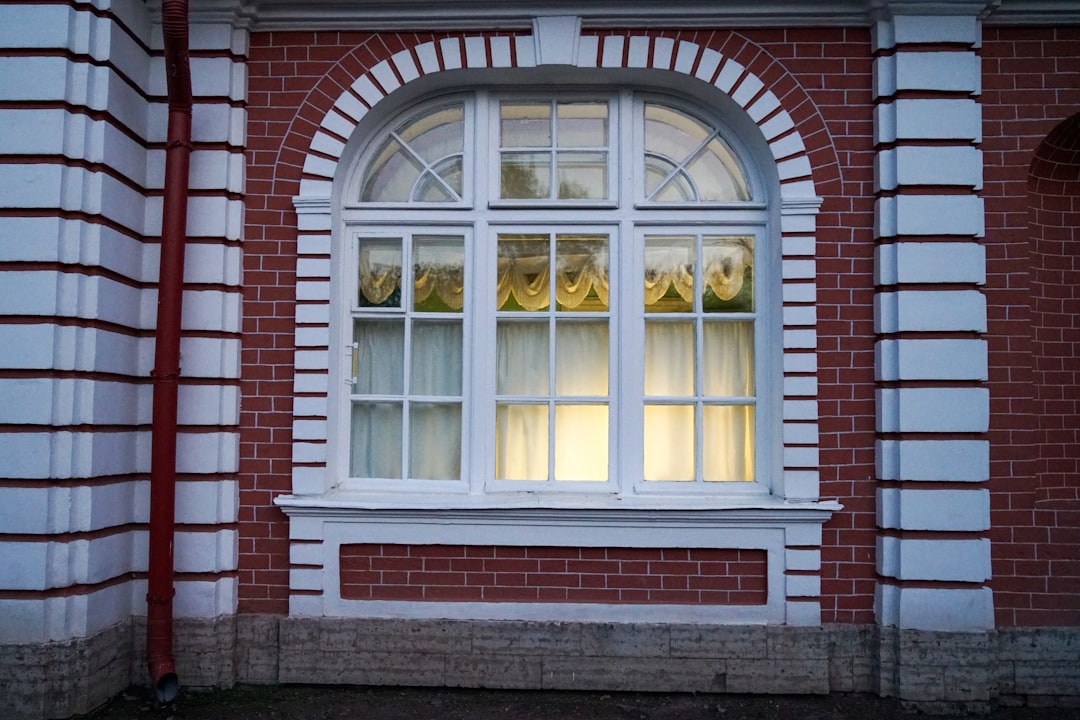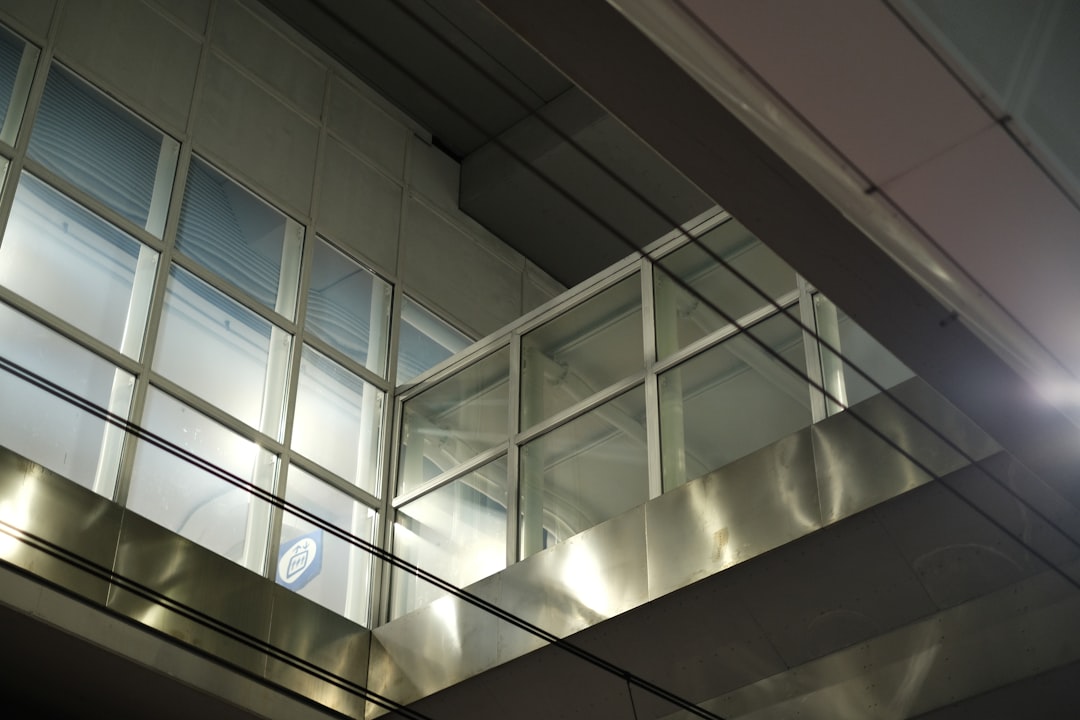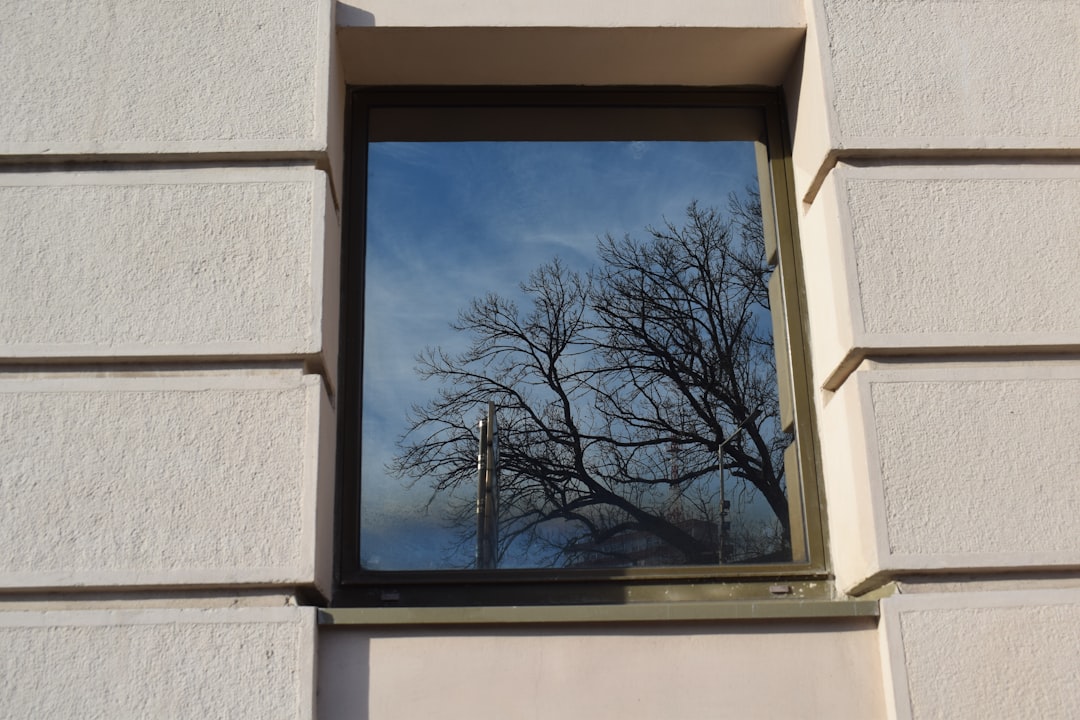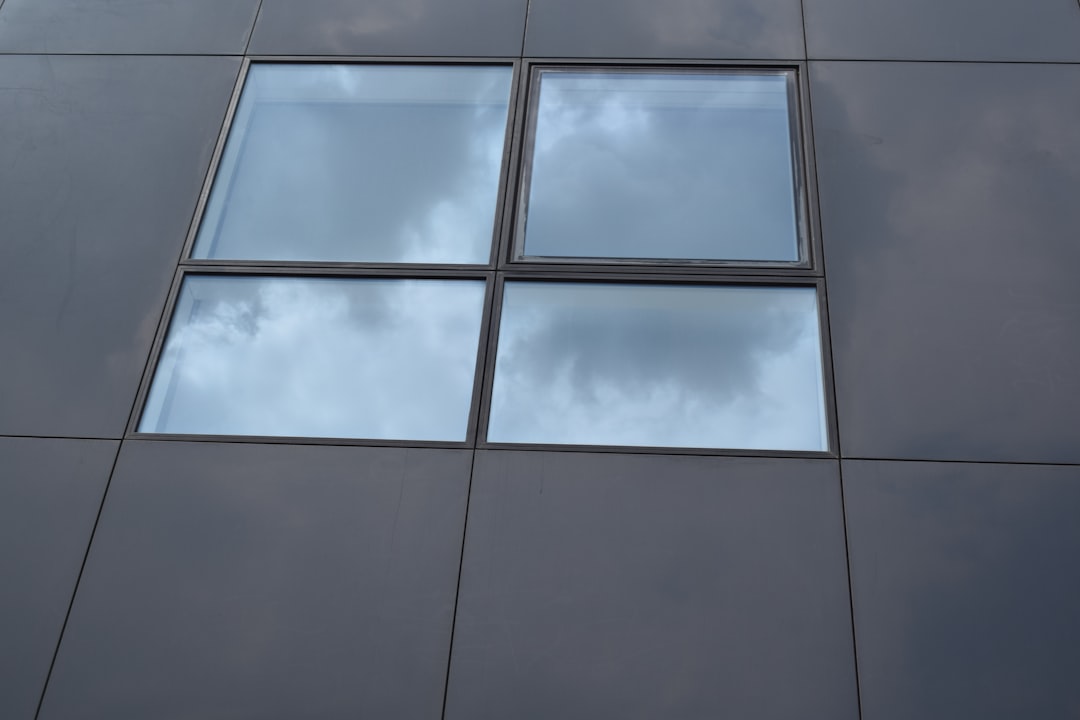

Engage prospects with a scan and streamline customer engagement with FREE QR code marketing tools by Sona – no strings attached!
Create a Free QR CodeFree consultation

No commitment

Engage prospects with a scan and streamline customer engagement with FREE QR code marketing tools by Sona – no strings attached!
Create a Free QR CodeFree consultation

No commitment
QR codes have evolved from a novelty to a strategic powerhouse in bridging offline engagement with online action. For glazing services businesses, QR codes represent a frictionless and effective way to streamline customer access to information, support, and transactions without requiring an app download or complex setup. Readers new to the space can explore QR codes in marketing contexts.
From custom glass installations to commercial window replacement, the glazing sector is seeing heightened demand for solutions that enhance building aesthetics, improve energy efficiency, and boost security. Yet many glazing firms still lose track of high-value prospects who fail to fill out forms or whose initial interest is never captured. Outdated manual processes like paper forms, printed brochures, or static signage allow motivated prospects to slip through the cracks, leaving valuable leads untraced and great service opportunities missed.
By introducing QR codes into these critical moments, glazing services providers can enable instant access to digital content, capture high-intent leads that might otherwise go undocumented, and create measurable customer journeys. The ability to identify and engage with previously anonymous traffic demonstrates real progress toward overcoming the frustration of missing opportunities. The following sections show how QR can be leveraged to drive measurable outcomes, modernize workflows, and amplify marketing ROI in the world of glazing services.

QR codes bridge the gap between physical touchpoints and digital outcomes, making it easier to achieve real business goals like faster lead capture, streamlined appointment scheduling, and improved customer experience. They transform everyday surfaces in your operation into portals that collect intent, deliver resources, and route prospects to the correct next action.
The key is to design each code around a specific outcome and place it at decision points where friction typically occurs. In glazing, that includes showroom signage, job site banners, vehicle wraps, direct mailers, printed estimates, and even post-install instruction packets. If your current process relies on printed brochures, paper sign-up sheets, or a customer having to remember a URL or phone number, a QR code can shorten the path and keep the interaction measurable.
By replacing static paper processes and analog sign-up sheets with smart QR workflows, glazing services brands can accelerate the path from interest to conversion and reduce the risk of lost leads. Platforms like Sona QR automate code generation, journey mapping, and CRM integration so you can launch quickly, monitor performance, and iterate confidently.

Glazing businesses often struggle to connect offline engagement such as showroom visits, job site consultations, or property manager inquiries with digital follow-up and measurement. It is common for potential customers to visit a showroom, take a brochure, and leave without any digital trace. Without a trackable interaction, teams cannot prioritize follow-up, retarget, or even understand which marketing moments created the most interest.
QR codes close these gaps by meeting customers at the exact moment of curiosity and routing them to a measurable action. When a prospect can scan a code on an appointment card or job site fence and go straight to a tailored form or booking calendar, the business suddenly has new data on intent, timing, and channel. That visibility is the foundation for better segmentation, faster response times, and higher conversion rates.
For glazing services teams, QR codes move outreach from assumption-based to data-driven. Every scan fuels a smarter pipeline where interest is captured and acted on, regardless of where it started.

QR codes are flexible enough to support a wide range of outcomes in glazing businesses. Selecting the right format for each touchpoint ensures the scanner lands on the most useful next step while giving your team the insights needed to improve.
Dynamic QR code management keeps each code future-proof. As offerings evolve, you can change destinations, run A/B tests on landing pages, and keep all placements aligned with current promotions and priorities.

Glazing companies interact with prospects and clients across many physical touchpoints. Historically, these moments have been hard to measure and even harder to optimize. QR codes change that by turning every surface into a conversion opportunity that feeds your analytics and CRM.
When planning deployments, think in terms of footfall, visibility, dwell time, and decision proximity. Codes placed where people pause or consider options outperform those placed where attention is fleeting without context. Align your CTA and destination with the specific moment and the likely user intent.
Placing QR codes at every high-traffic or decision point ensures you capture more than awareness. You create a measurable mechanism for turning intent into action while giving your team the insight to refine placements and messages over time.
QR codes shine when they solve specific friction points. In glazing, three scenarios consistently deliver impact across residential and commercial segments. They also map cleanly to the key stages of the buyer journey: awareness, consideration, and post-purchase.
Each use case tackles a long-standing challenge: anonymous engagement, under-captured interest, and slow or inconsistent follow-up. By turning momentary attention into a structured digital journey, you gain both happier customers and better revenue forecasting.
Every scan is a data point: who engaged, where they were, and what they wanted at that moment. When you deploy multiple codes across your touchpoints, you can automatically segment audiences and tailor follow-up based on behavior instead of assumptions.
In glazing services, distinct audience personas respond to different messages and offers. Homeowners care about comfort, safety, and property value. Property managers prioritize energy performance, tenant satisfaction, and predictable maintenance. Architects and general contractors seek specifications, certifications, and scheduling reliability. QR-driven segmentation lets you speak to each group in their language.
For example, a homeowner who scans a postcard about noise-reducing glazing should enter a nurture path featuring soundproofing content, financing options, and a quick quote link. A facilities director who scans a job site banner about blast-resistant glass should receive case studies, spec sheets, and an invitation to a site walkthrough. With Sona QR, these segments and triggers can be configured once and refined as new data flows in.
QR codes act as connective tissue across your marketing channels. They help you convert print, signage, events, and even video into interactive experiences that your analytics can measure and your team can optimize. The result is a more consistent customer journey and clearer attribution.
Think of each channel as a stage with a role to play. Out-of-home placements generate awareness at scale. Showroom and brochure scans deepen consideration with detailed content. Estimates and invoices enable ongoing support. When each surface has a code with a clear CTA and destination, you eliminate dead ends and gather data across the entire funnel.
A centralized platform like Sona QR brings these codes into one dashboard, making it easy to manage destinations, monitor performance, and sync scan activity to your CRM and ad platforms. The payoff is a connected offline-to-online funnel that reliably moves prospects toward a sale.
Launching a QR initiative in glazing services is more than printing codes. It is a series of decisions about goals, formats, creative, placements, and measurement. The following step-by-step framework will help you move from idea to repeatable, data-backed execution. For additional context, this QR campaign guide outlines fundamentals.
Start with one or two high-impact use cases, then expand once you have a baseline for scans and conversions. By standardizing how you create, place, and track codes, you make every future campaign faster and smarter.
Define a concrete goal for your campaign and the physical touchpoints where it will live. For example, drive commercial retrofit inquiries from job site banners, or promote residential care resources post-install to increase warranty registrations. Choose pain points where leads currently get lost, such as after a showroom visit or when prospects pocket a brochure without contacting your team.
Clarify the desired action: book a consultation, request an estimate, download a spec, or register a warranty. The more specific the action, the better your CTA and landing page will perform.
Select static codes for fixed destinations that do not require tracking, such as a PDF product catalog. Choose dynamic codes for campaigns that need analytics, retargeting, and destination flexibility. Dynamic codes allow A/B testing, audience tagging, and rapid updates without reprinting. Learn how these features work in Sona QR.
Align the format with the action. Use web links for landing pages and configurators, vCards for rep introductions on site, forms for assessments, and SMS prefills for emergency repair requests.
Incorporate your logo, brand colors, and a clear border or frame. Place a clear, benefit-oriented CTA beside the code, not just above or below, such as Scan to schedule your measurement or Scan for energy savings options. Ensure sufficient contrast and a minimum size appropriate to the viewing distance.
Test the code across devices, operating systems, distances, and lighting conditions found in the real placement. If the code will be on a reflective panel or vehicle, test for glare and motion. Do not deploy until first-time scan success exceeds your internal threshold.
Roll out codes on the assets most likely to capture your audience’s attention. For glazing services, priority placements include job site banners, showroom displays, fleet vehicles, direct mailers, estimates, and post-install documentation. Use unique codes for each placement and location so you can compare performance.
Align the destination experience with the context. A code on a commercial job site banner should open a mobile-friendly form with fields tailored to building type and project timeline. A post-install code should open a concise care checklist with a button to register the warranty.
Monitor scans by placement, time, and device. Track conversion rates from scan to form start, form completion, appointment set, and revenue. Use UTM parameters and campaign tags to attribute outcomes to specific assets. Iterate message, design, and destination based on what the data shows.
Schedule monthly reviews to shift budget toward high-performing placements and retire underperformers. With Sona QR, you can visualize scan-to-revenue impact, export data to your CRM, and automate alerts for high-intent actions.
Automated QR platforms now support code creation, campaign tracking, CRM exports, and ongoing optimization. This lets glazing services teams achieve full-funnel visibility and continuous improvement without heavy manual effort.
Tracking is not just about counting scans. It is about connecting real-world engagement to booked assessments, approved estimates, and signed contracts. Glazing organizations have long fought the challenge of anonymous interest. Without visibility into who engaged and why, attribution and budget decisions become guesswork.
Modern analytics address these pain points by turning every scan into a meaningful signal. With dynamic codes, UTM parameters, and identity resolution, you can see which job sites, brochures, and promotions influence pipeline. You can also respond to high-intent actions in minutes, not days.
New tools make it straightforward to connect the dots from scan to revenue. Glazing providers can finally quantify the impact of their offline marketing while creating a faster, more personalized customer journey.
Scaling QR requires discipline in how you create, tag, and promote codes. It also benefits from a culture of education where staff understand why scanning matters and can confidently guide customers at each step.
Focus on the placements your audience already uses and the actions you value most. Then build automation around those behaviors so no signal or lead is missed.
Modern integrations and dynamic code management make these practices straightforward. By embedding automation and analytics from day one, you avoid data gaps and build a reliable engine for growth.

Glazing firms of all sizes are already using QR codes to turn overlooked surfaces into measurable revenue generators. These examples illustrate how simple changes to signage and collateral can produce tangible gains in pipeline and customer satisfaction. For additional inspiration tied to materials, see how QR codes can be applied to glass surfaces.
These examples showcase how glazing organizations can overcome poor lead visibility, lost cross-sell moments, and incomplete sales tracking. By using QR-enabled journeys, they unify offline and digital interactions and give teams the data to act quickly on signals of intent.
QR codes are more than a shortcut. They represent a systematic approach for glazing services providers to turn every physical interaction into a measurable, actionable digital entry point. By integrating QR-enabled journeys across signage, marketing collateral, and after-sales support, glazing companies can overcome the persistent challenges of untracked prospects, anonymous interest, and missed upsell moments. With smart tracking and audience segmentation, providers achieve instant engagement, seamless customer experience, and a data-driven approach to scaling business outcomes. The result is a connected funnel from first scan to closed contract.
Ready to see it in action for your business? Generate and track your first QR codes with Sona QR, connect scan data to your CRM, and Start creating QR codes for free. In a market where attention is scarce and timing is everything, a single scan can be the moment that wins the deal.
QR codes have transformed the glazing services industry from traditional, manual processes into dynamic, measurable engagement channels. Whether it’s streamlining customer onboarding, enhancing access to detailed product information, or enabling seamless service scheduling, QR codes replace outdated methods with instant, mobile-friendly interactions that capture real-time data to optimize every touchpoint.
Imagine effortlessly tracking which service brochures or installation guides your customers engage with most—and updating that content instantly without reprinting. With Sona QR, you can create dynamic, trackable QR codes in seconds, connect every scan directly to customer acquisition and retention efforts, and maximize your operational efficiency. No missed leads, no wasted materials—just smarter, more profitable glazing services.
Start for free with Sona QR today and turn every scan into a new opportunity to grow your glazing business.
QR codes enable seamless offline-to-online engagement, improve lead capture, reduce manual processes, provide measurable customer journeys, and enhance marketing ROI for glazing services.
Glazing businesses can offer energy efficiency assessments through QR codes on direct mail, lobbies, or trade shows, allowing property managers and owners to request free audits and capture rich intent data.
QR codes can promote services such as custom glass installations, commercial window replacement, energy-efficient glazing options, maintenance packages, and warranty registrations.
Companies should define clear goals, select the appropriate QR code type (static or dynamic), design codes with benefit-oriented CTAs, place them at high-impact touchpoints like showrooms and job sites, and track performance for optimization.
Common use cases include appointment scheduling, energy efficiency assessments, post-installation support with care videos and warranty forms, contact sharing via vCards, and emergency repair requests.
They use dynamic QR codes with UTM parameters to capture scan context, monitor funnel movement from scan to sale, integrate data with CRM systems, and attribute revenue to specific campaigns and placements.
Recommended placements include showroom signage, job site banners, fleet vehicles, direct mailers, estimates, post-install kits, invoices, and trade show materials.
By creating unique codes for journey stages, tagging scans by actions taken, tracking timing and location, and syncing data with CRM and advertising platforms to tailor follow-up communications.
By placing QR codes on window labels or instruction packets that link to care videos, maintenance schedules, warranty claims, and upsell opportunities, enhancing satisfaction and ongoing engagement.
The article does not provide specific cost information for commercial window replacement.
While the article does not directly address choosing a provider, it suggests using providers who leverage modern tools like QR codes for seamless communication, measurable engagement, and efficient customer journeys.
Use Sona QR's trackable codes to improve customer acquisition and engagement today.
Create Your FREE Trackable QR Code in SecondsJoin results-focused teams combining Sona Platform automation with advanced Google Ads strategies to scale lead generation

Connect your existing CRM

Free Account Enrichment

No setup fees
No commitment required

Free consultation

Get a custom Google Ads roadmap for your business






Launch campaigns that generate qualified leads in 30 days or less.
